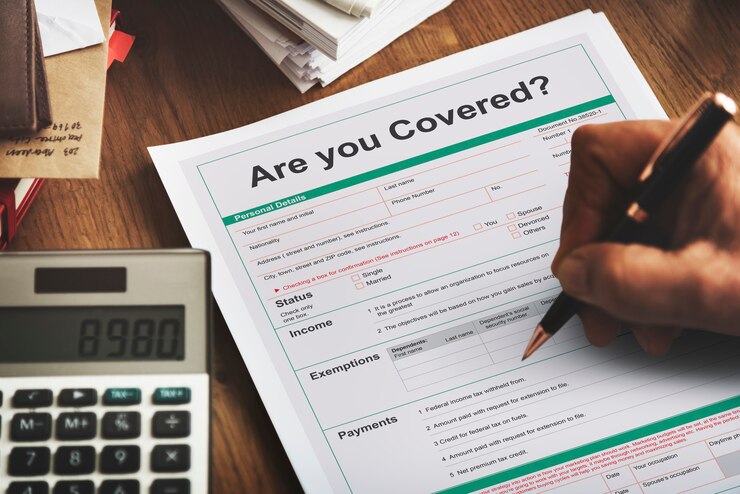Car accidents are unpredictable and can occur at any moment. It can be a terrifying experience, whether it’s a minor fender bender or a severe head-on collision. Knowing what to do after an accident can significantly impact your safety, legal rights, and insurance claim process. Here are seven crucial steps to take immediately after a car accident.
Step 1: Always Prioritize Safety
Check for Injuries, Stay Calm, and Assess the Situation
It is essential to remain calm and assess the situation after an accident. Before doing anything else, check yourself and any passengers for injuries. If anyone is hurt, call 911 immediately for medical assistance. Even if injuries seem minor, it’s always best to seek medical attention since some symptoms may appear later.
Move to a Safe Area
If your vehicle is drivable, move it to the side of the road or a safe area to avoid obstructing traffic. If the accident is severe or if anyone is injured, leave the vehicles as they are and wait for emergency responders. Turn on your hazard lights to alert other drivers.
Step 2: Call the Authorities
Reporting car accidents to the police is crucial, even if it seems minor. A police report can provide valuable documentation for insurance claims and legal purposes. Always provide factual information but avoid admitting fault, as liability will be determined later. And don’t forget to request a copy of the police report for your records.
For more details on reporting car accidents, visit the National Highway Traffic Safety Administration (NHTSA).
Step 3: Don’t Forget to Gather Evidence
Take Photos and Videos
Use your phone to document the accident scene. Capture images of vehicle damage, license plates, traffic signs, road conditions, and any visible injuries. Videos can provide additional context for the accident.
Speak to Witnesses
If bystanders saw the accident, ask for their contact details. Witness statements can support your claim and help clarify what happened.
Exchange Information
Exchange contact and insurance details with the other parties involved:
- Full name and contact information
- Driver’s license number
- License plate number
- Insurance company and policy number
- Vehicle make, model, and color
Step 4: Notify Your Insurance Company
File a Report Immediately
Inform your insurance company about the accident as soon as possible, even if you don’t plan to file a claim. They can guide you on the next steps and any necessary documentation. Avoid making recorded statements until you fully understand the situation and your rights.
Understand Your Coverage
Ask your insurer about the claims process, repair estimates, and whether you have rental car coverage if your vehicle needs repairs.
For additional guidance, check out the Insurance Information Institute.
Step 5: Seek Medical Attention
Even if you feel fine, consider visiting a doctor. Some injuries may not be apparent right away, and a medical check-up can provide peace of mind and necessary documentation for future claims and other legal purposes.
Step 6: Follow Up and Stay Organized
Track Expenses and Repairs
Keep copies of all medical bills, car repair estimates, and any related expenses. These documents are essential for insurance claims and potential legal cases.
Stay in Touch with Your Insurance Company
Regularly check the status of your claim to ensure timely processing. If there are any delays, ask for updates and clarification on the next steps to undertake.
Step 7: Consult an Accident Lawyer
If the accident involves serious injuries, disputes over liability, or uninsured drivers, consult an accident lawyer near you. A legal expert can guide you in protecting your rights and obtaining fair compensation. They understand the unique legal challenges and are committed to securing maximum compensation for victims or clients.
Arash Law, led by Arash Khorsandi, Esq., specializes in representing car accident victims throughout California. This team of experts understands the unique legal challenges and is committed to securing maximum compensation for victims or clients. The award-winning team of California accident attorneys at Arash Law stands out due to:
- Contingency Fee Basis: You pay nothing unless we win your case.
- Proven Track Record: They have a 98% success rate in securing favorable settlements.
- Comprehensive Representation: Whether you’re an Uber passenger or another victim, they’ll fight tirelessly for your rights.
Frequently Asked Questions
Q: How Soon Should I Seek Medical Attention?
A: Seek medical attention as soon as possible, even if you feel fine. Some injuries may not be immediately apparent, and a medical check-up can provide necessary documentation.
Q: Should I Move My Car After An Accident?
A: If it’s safe to do so and there are no serious injuries, move your car to the side of the road to avoid obstructing traffic. If the accident is severe, leave the vehicles in place for authorities to assess.
Q: What Should I Do If The Police Can’t Come To The Scene?
A: If the police cannot attend the scene, you can usually file a report at your local police station. Ensure you exchange information with the other parties involved.
Q: Do I Need A Police Report For A Minor Accident?
A: Yes, it’s recommended. A police report provides an official account that can be helpful for insurance claims and legal issues.
Q: Should I Admit Fault At The Scene?
A: No, it’s advisable not to admit fault at the scene. Stick to the facts and let the insurance companies or legal authorities determine liability.
Q: What Information Should I Exchange With The Other Driver?
A: Exchange names, phone numbers, addresses, insurance details, driver’s license numbers, and vehicle information. Also, gather contact information from any witnesses.
Q: What If The Other Driver Doesn’t Have Insurance?
A: If the at-fault driver is uninsured, your uninsured motorist coverage (if you have it) can help cover damages. Consult your insurance provider for options.
Q: Can I Handle An Insurance Claim On My Own?
A: For minor accidents, you may be able to handle the claim yourself. However, for major accidents or disputes, consulting an attorney is advisable.
Being prepared and knowing what steps to take after a car accident can help you stay safe, protect your legal rights, and ensure a smoother claims process. It is also necessary to remain calm and take the right actions, which can make a significant difference in how the situation unfolds. Always prioritize safety, document the accident thoroughly, and communicate promptly with your insurance provider.


